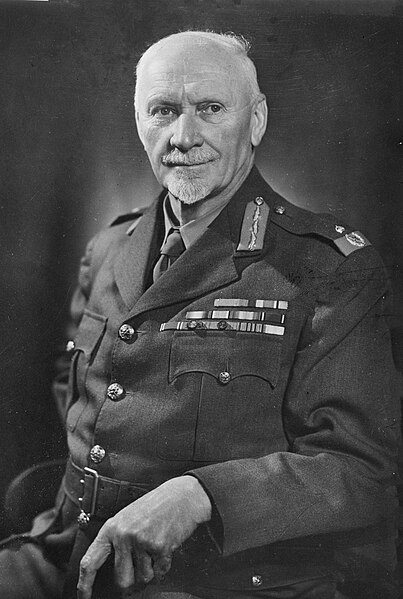Inter-Allied Women's Conference
The Inter-Allied Women's Conference opened in Paris on 10 February 1919. It was convened parallel to the Paris Peace Conference to introduce women's issues to the peace process after the First World War. Leaders in the international women's suffrage movement had been denied the opportunity to participate in the official proceedings several times before being allowed to make a presentation before the Commission on International Labour Legislation. On 10 April, women were finally allowed to present a resolution to the League of Nations Commission. It covered the trafficking and sale of women and children, their political and suffrage status, and the transformation of education to include the human rights of all persons in each nation.

Inter-Allied Women's Conference participants in February: First row, left to right: Florence Jaffray Harriman (US); Marguerite de Witt-Schlumberger (France); Marguerite Pichon-Landry (France). Second row: Juliet Barrett Rublee (US); Katharine Bement Davis (US), Cécile Brunschvicg (France). Third row: Millicent Garrett Fawcett (UK); Ray Strachey (UK); Rosamond Smith (UK). Fourth row: Jane Brigode (Belgium); Marie Parent (Belgium). Fifth row: Nina Boyle (South Africa);
Marguerite de Witt-Schlumberger, conference organiser
Millicent Fawcett
Lady Aberdeen
The League of Nations was the first worldwide intergovernmental organisation whose principal mission was to maintain world peace. It was founded on 10 January 1920 by the Paris Peace Conference that ended the First World War. The main organization ceased operations on 18 April 1946 when many of its components were relocated into the new United Nations. As the template for modern global governance, the League profoundly shaped the modern world.
The 1864 Geneva Convention, one of the earliest formulations of written international law
Lord Bryce, one of the earliest advocates for a League of Nations
Jan Smuts helped to draft the Covenant of the League of Nations.
The League to Enforce Peace published this full-page promotion in The New York Times on Christmas Day 1918. It resolved that the League "should ensure peace by eliminating causes of dissension, by deciding controversies by peaceable means, and by uniting the potential force of all the members as a standing menace against any nation that seeks to upset the peace of the world".








